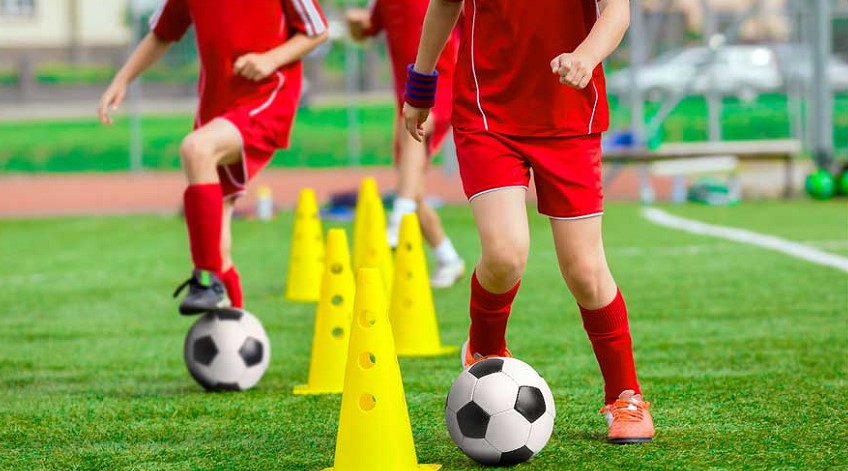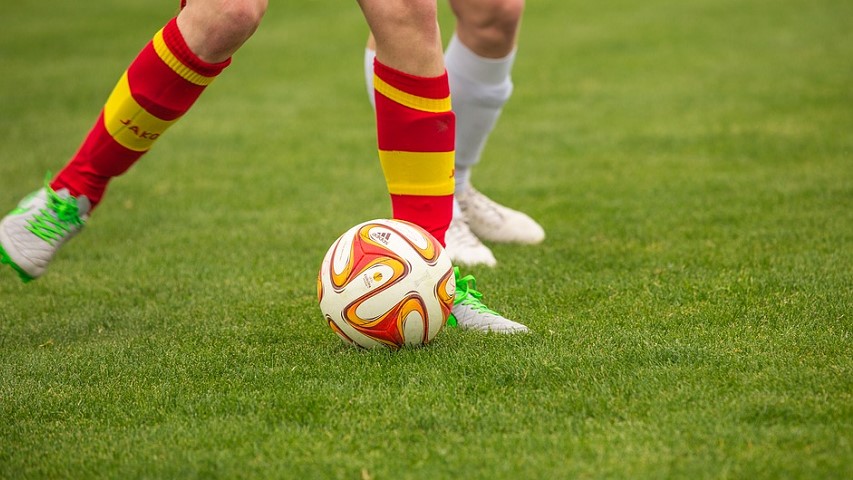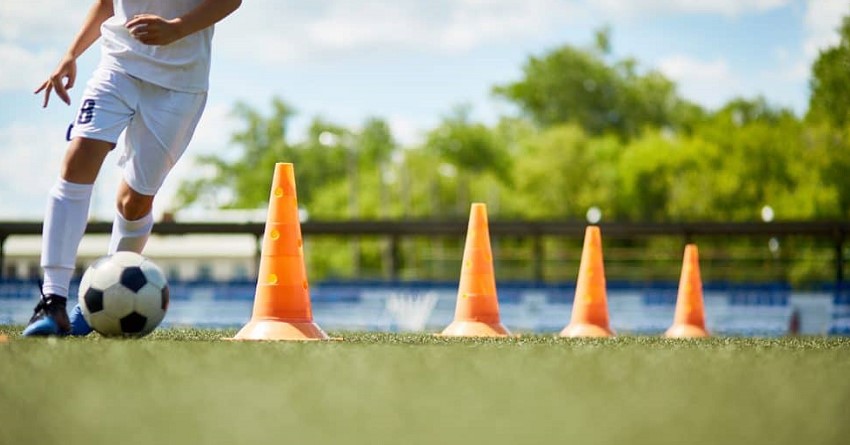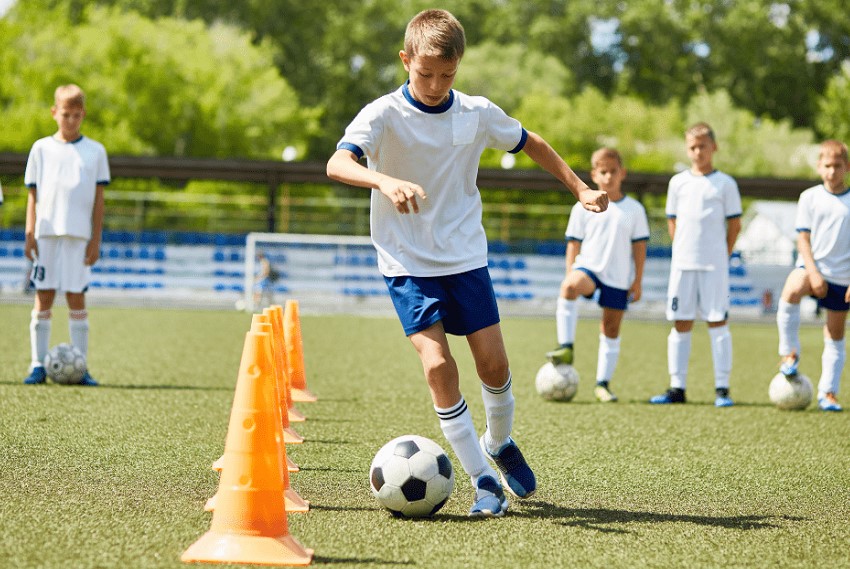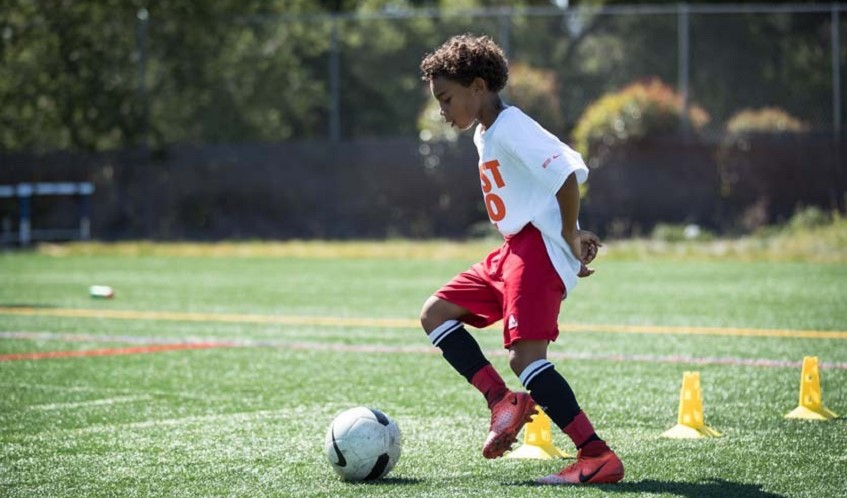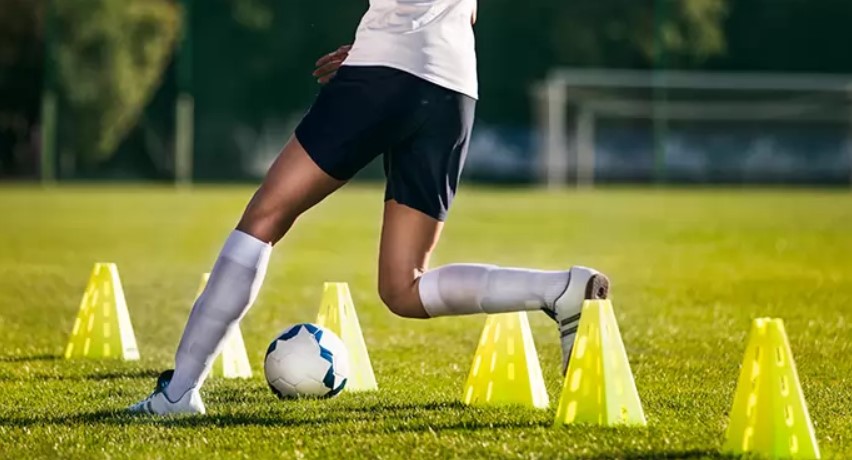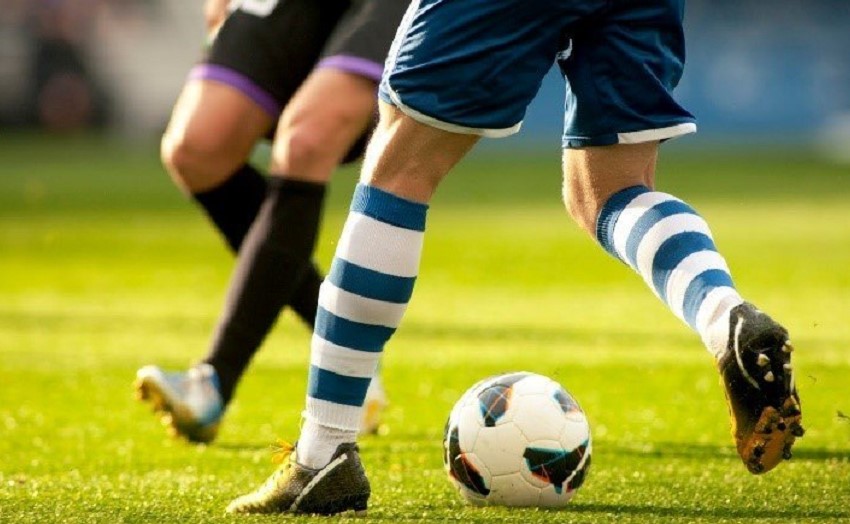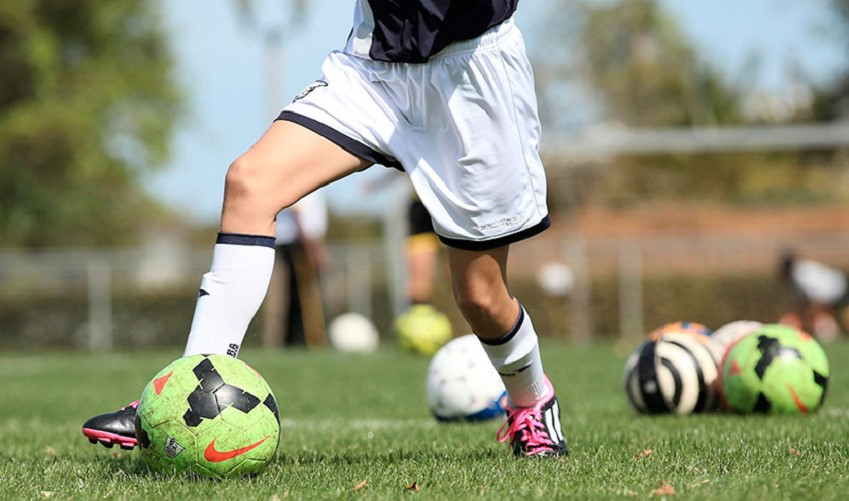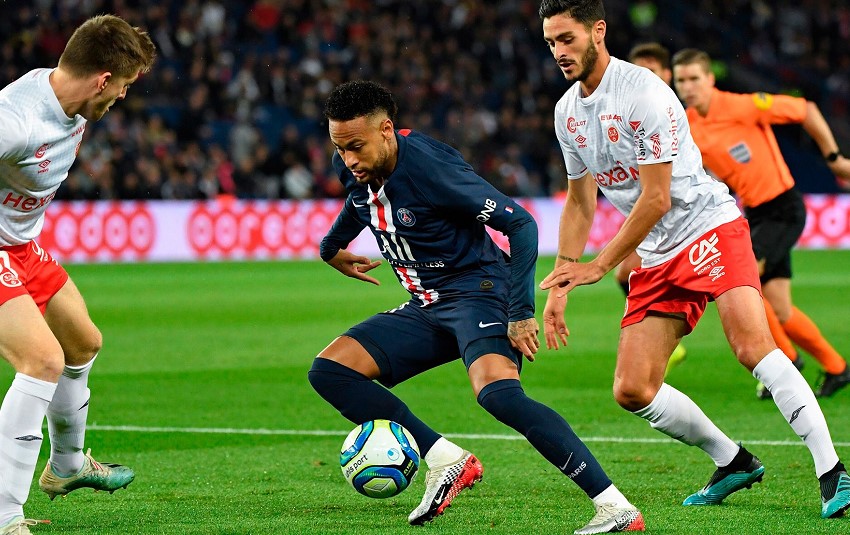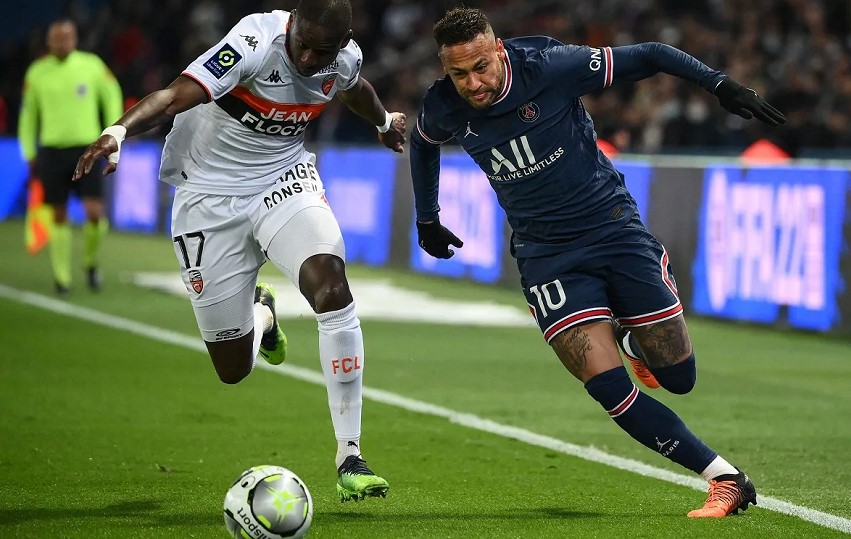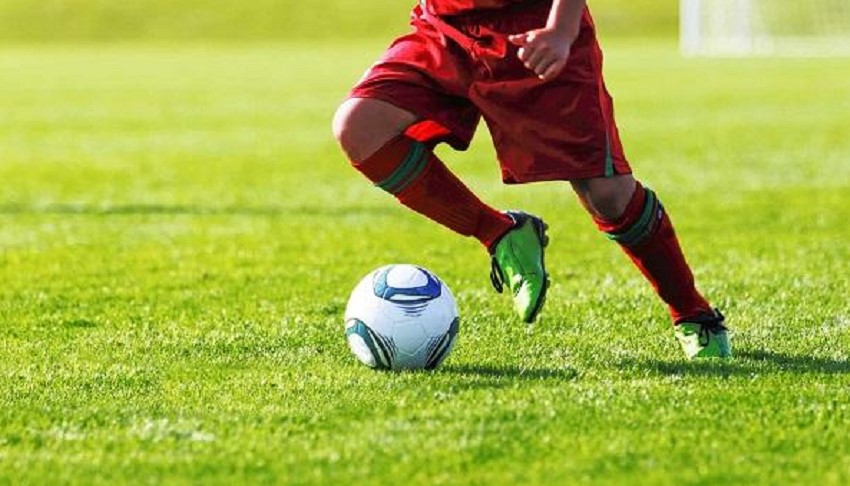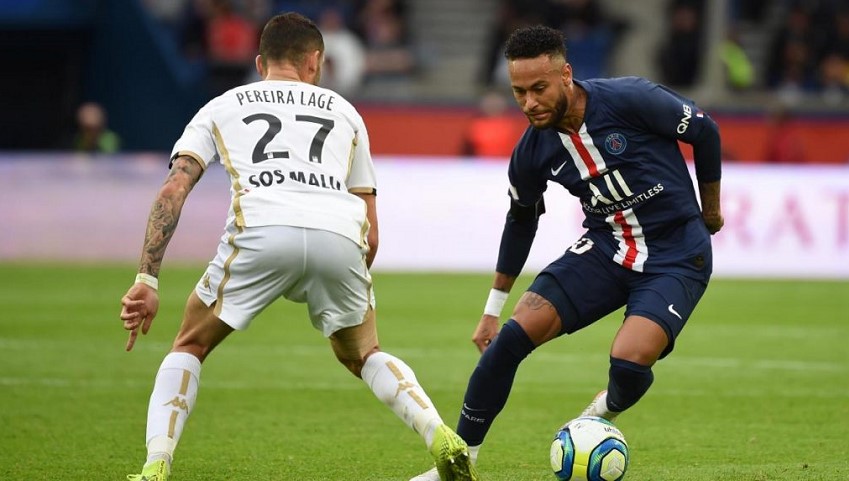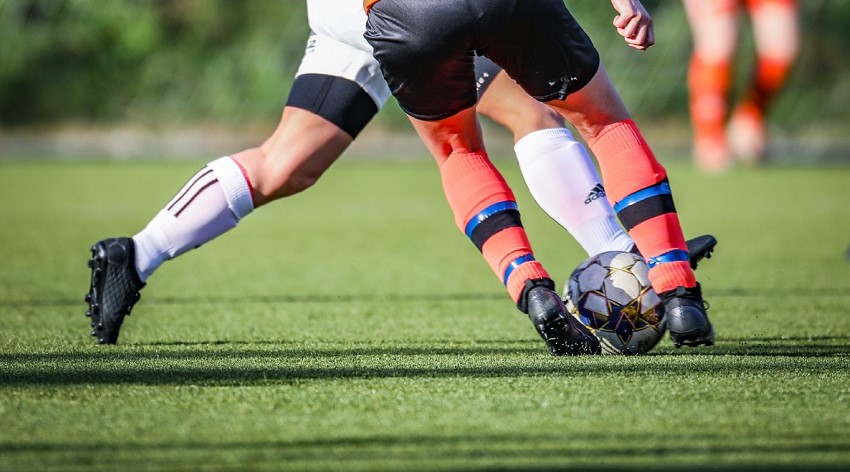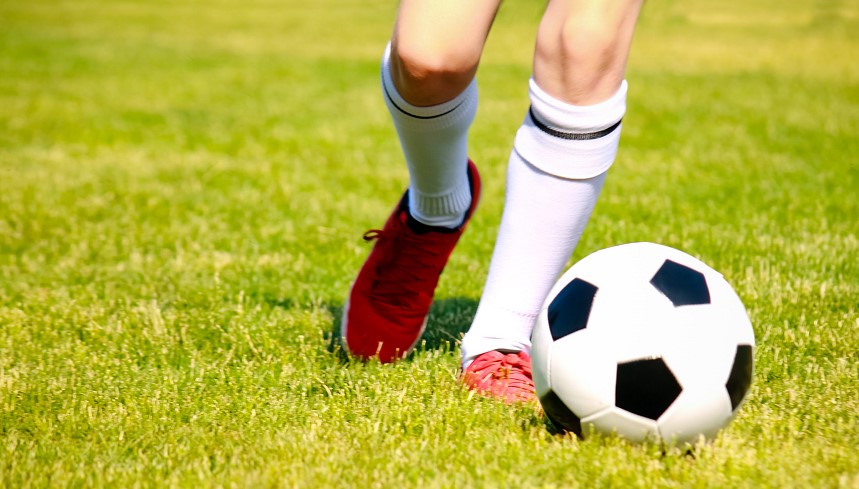
Dribbling is an essential skill for any soccer player. Mastering your dribbling will make you able to move the ball down the field and outplay your opponent. Thus, let’s learn how to develop your dribbling skills and dribble a soccer ball properly.
Importance of good dribbling in a soccer game
Having developed dribbling skill is incredibly important either for the performance of a particular player or the whole team.
Importance for the player
Finding free space
Being able to dribble a soccer ball well allows you to set up passes and shots, since earn space as you leave the defenders behind.
Retaining the possession
Moreover, you increase the time of your team’s ball control, as you are being able to keep the ball.
Moving down the field
As you keep the ball under the control, you gain the opportunity to carry it toward the opponent’s goal and find the perfect shooting position.
Importance for the team
If most of the players have high dribbling skills, it helps to keep the team’s possession at a high rate.
Consequently, it will have a significant impact on the result of the match.
Steps of learning how to dribble a soccer ball
As with any other skill, mastering your dribbling requires a lot of practice. Therefore, in the next paragraphs, we will talk about how to acquire and develop this fundamental skill and practice dribbling properly step by step.
Basic dribbling drills
This part of the article will be about the basics of the dribbling techniques, that you need to practice before learning more advanced dribbling tricks.
First step
As you get started practicing dribbling, the first thing that you need is how to touch the soccer ball.
Moving the forward ball with gentle touches
In the beginning, you should learn how to properly move forward on the field, to keep the ball. To do that, you need to hold the ball close to your feet and make as many touches as you can. It will slow down your dribbling speed at the start, though you will be able to increase it as you practice dribbling more.
Perfect touch
Touch the soccer ball with the leading edge of your foot. As you run, keep the leading edge forward. This will help you to keep the ball close to your feet and gain better control of the ball. Start to move in one direction with the ball by touching it the right way, then switch to another direction.
Second step
As you started learning how to touch the soccer ball, the next thing is how you move your body parts while dribbling. Since you need your whole body to dribble a soccer ball better.
Keep your body in an athletic position
Doing it will help you keep your balance. By remaining balanced, you can easily cut to any direction, and make direction changes faster. Keep your knees slightly bent for better control of the ball.
Protecting the ball with your body
Cover the ball with your body when you see defenders coming close to you. Use your arms, shoulders, and other parts of your body to keep defenders away from the ball, and make sure that you are between the defender and the ball control.
Keep your head up
Try to look at the ball less and focus your vision on the field to see where are your partners and opponent’s defenders at.
Third step
Use the front edge of your foot to gallop the ball
Gallop with the same left foot forward each time you take a step forward. This keeps the ball close to your foot at all times. Keep the front of your foot forward as you run.
This maintains contact between the ball and the forefoot for maximum speed and balance.
This does not apply to sweeps, stops, changes of direction, etc. This is simply to move the ball close across the field with as how much space speed and control as possible.
Fifth step
Use your supporting leg correctly
As you lead forward, your pivot foot (the non-driving foot) should push off the ground, as you would when sprinting or jogging. When you cut to change direction, your pivot foot should bounce lean forward slightly. This makes movements quick and natural and helps to maintain balance.
Four step
Learn to change direction
Learning how to effectively change the direction of the ball is incredibly important in dribbling. As mentioned earlier, being able to get past your opponents is the key to a good game. Using the outside of the top of the foot or the inside of the foot, you can hit the ball to one side or the other.
Sixth step
Use your skills to trick your opponents
When you get close to the defenders, move very far to the side to fool them. You can move your hands and eyes at the same time to enhance the effect. Then move the ball in the opposite direction using the outside of the other foot.
Alternatively, instead of just lunging to the side, you can grab the ball with one foot and kick the ball with the other foot. The movement of your foot will easily deceive the defenders.
Seventh step
Hold the ball in the lower edge of your peripheral vision
Beginners tend to use the majority of their field of vision on the ball as they develop their dribbling skills. Instead, you should practice keeping the ball at the bottom of your peripheral vision as early as possible in the learning process.
By keeping the ball in the lower field of vision, it will be easier for you to keep an eye on the rest of the field. This can help you see holes in the defense, exposed teammates, scoring positions, etc.
Eighth step
Add some more advanced dribbling moves
This is a natural progression in learning how to change direction. Once you learn how to dribble without looking down, you can learn how to maneuver the ball when you are under pressure from other players.
For example, V-pullback can help you get the ball out of reach of your opponent’s legs. This move involves using the bottom of your foot to pull the ball back in a V shape and change direction, pulling it away from your opponent and allowing you to get away.
There are many advanced moves, so many that it is impossible to briefly cover them all. Here are a few popular ones to include in your game:
- Nutmeg: This move uses your opponent’s wide stance. You kick the ball between their legs and run around them, kicking the forward ball before they can turn around.
- Inside Touch, Scissors: To perform this move, you run one foot over the ball in a “scissors” motion to deceive your opponent, and then hit the ball with your other foot.
- Stepping: Similar to an inside touch with scissors, stepping can trick your opponent into not knowing where you’re going.
As you’ve probably already noticed, these moves are easy to learn, but hard to master. But practice makes perfect, so keep up the good work. This is the last step, as you should get comfortable with the other basics before trying anything too complex. The basics are always necessary and will always help you play well.
How far can your ball be?
Keep the ball close to you most of the time while dribbling.
However, sometimes it is useful to make a medium or even long touch in front of you. No matter how good you are at dribbling, you will be faster on the ball.
So touching the ball in front of you will increase your speed.
Touch the ball farther forward when you have space and no defenders are in front of you. For example, if you’re outplaying an opponent’s wingback, and you have room behind the sideline, you can make a touch far ahead of you. Do not use a harder touch unless you are sure that the defender or goalkeeper will not be able to get to the ball.
Football dribbling tips
A great way to practice different aspects of dribbling and improve your game fitness and overall health. You’ve probably done the exercises during workouts with your team if you’re participating in them, but you can also set them up to work on your own. Let’s look at a few key drills that will make dribbling second nature.
Quick leg exercises. These drills are a great way to improve your leg dexterity and, as a result, you’re dribbling. They will help you quickly move the ball between your legs or lift your legs to perform more complex moves like the scissors move mentioned above. Here are some simple and quick leg exercises:
- Triangles: Dribble in a triangle shape between your feet and a dot in front of you, starting slowly and accelerating.
- Toe kicks: Touch the top of the ball with the bottom of your foot while keeping your knees slightly bent and elevated.
- V-Row in Place: Practice rolling the ball with the sole of your foot, alternating legs.
Shield and dribbling styles. If a defender attacks you, put your body in front of the ball and then explode in the other direction.
Also, try screening to be dribbling forward. For example, dribble along the right touchline and touch the ball with the inside of your right foot (this is the only time I recommend using inside touch to dribble forward). You will move forward while protecting the ball.
One-on-one challenges. In a way, training one-on-one with another player is the best way to simulate dribbling in a real game. You can make it even more difficult by adding options, such as requiring an offense to use a step or nutmeg to get brush past players someone on defense. You can also include shooting in this.
This is a great exercise to do with a friend. You can combine attack and defense; turning it into a game, rather than just an exercise in the traditional sense, can make dribbling practice feel less like a chore.
Weave between cones. This exercise will help you learn how to move the ball from side to side. Line up the cones with the desired spacing to get started. You can install them about a foot and a half apart or a little further.
From there, weave in and out of the cones as you dribble, being careful not to run into any of them or veer too far. Vary your speed and the legs you use. You can use one foot to walk in one direction and the other foot in the other.
Look less at the ball. Good players look more at the field than at the ball. This allows them to see potential passes and opposing players. Look up, then quickly look down at the ball when you need to, and then look up again. Repeat while dribbling.
Conical cluster. This is another way to improve footwork and foot dexterity. Arrange several cones randomly, as the name of this exercise suggests. Start outside and weave cones for a certain amount of time – up to a minute. This drill can be adapted for different levels of players, making it a great option for your practice.
Just as you do with cones in a straight line, you can practice weaving around these clusters using one foot or the other, varying the speed, or turning the cones into an intricate pattern.
FAQ: How to dribble a soccer ball?
What are the 5 steps to dribbling a soccer ball?
It looks simple – after all, it’s just hitting the ball – but there are many nuances that even more experienced players overlook. Make sure you use a good ball to get the most out of your dribbling. Here are the 5 basic steps to dribbling:
- Step One: Bring your legs and body into the correct position.
- Step Two: Hit the ball often with enough force.
- Step three: keep your head up.
- Step Four: Learn to change direction.
- Step Five: Add some more advanced dribbling moves.
How do you dribble step by step?
Practice dribbling to improve your skills.
- Improve your football dribbling skills with zigzags around the cones.
- Practice dribbling at close range.
- Team up with your teammates to practice soccer dribbling.
What are the 4 types of dribbles in soccer?
You can use these 4 types of dribbles: dribbling speed, low-speed dribble, change of dribbling pace, and turn or reverse dribble.
What is the correct technique for dribbling?
In football, dribbling is best done by pushing the ball forward with the laces on either foot. If you are in fast motion, you can use the edge of your toes (lift or extension) to push the ball forward faster. As long as you keep possession of the ball while moving, you dribble.
Conclusion: How to dribble a soccer ball?
Like any sport, dribbling takes practice to get the hang of it. Once you master the basics and put in the time, dribbling becomes as natural as walking and makes football even more fun.
